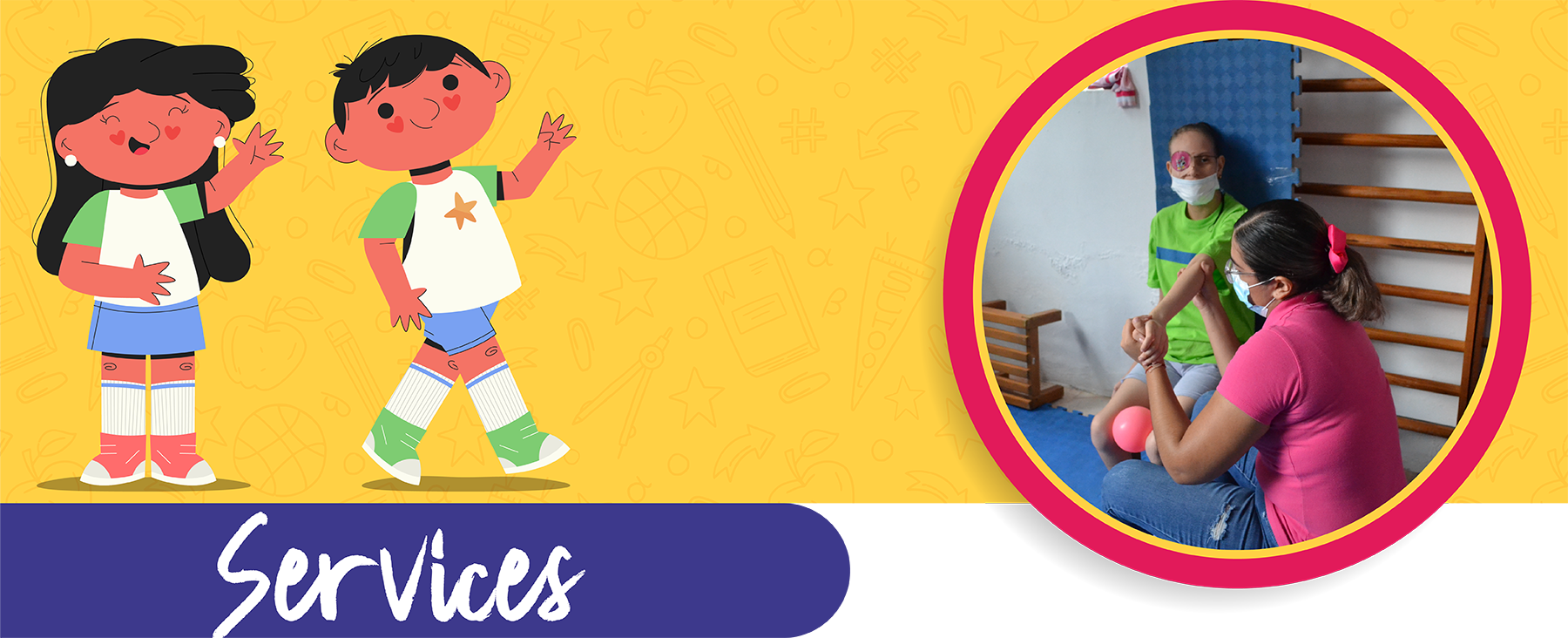

Methodology
Albatros works under the perspective that our students’ problem is a brain injury that presents different symptoms which have been given names such as Cerebral Palsy, Autism, Microcephaly, Hyperactivity, Down Syndrome, etc.
The different areas of Albatros are:
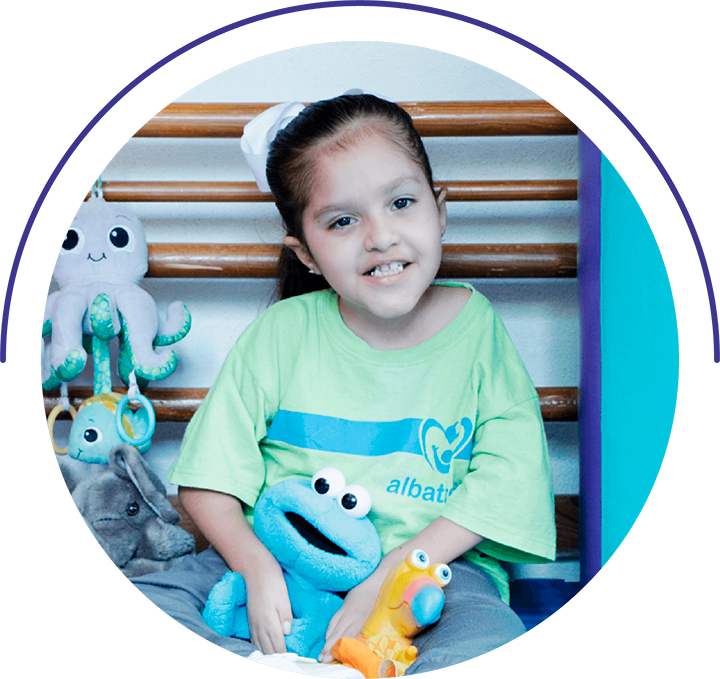
Conductive education or PETO
The objective of this area is to help people with motor disorders to lead an independent life. Conductive education is a learning process, with team work and is developed in an active way by the student with individual activities. The rhythmic intention is the technique and is used to perform movements with elements.
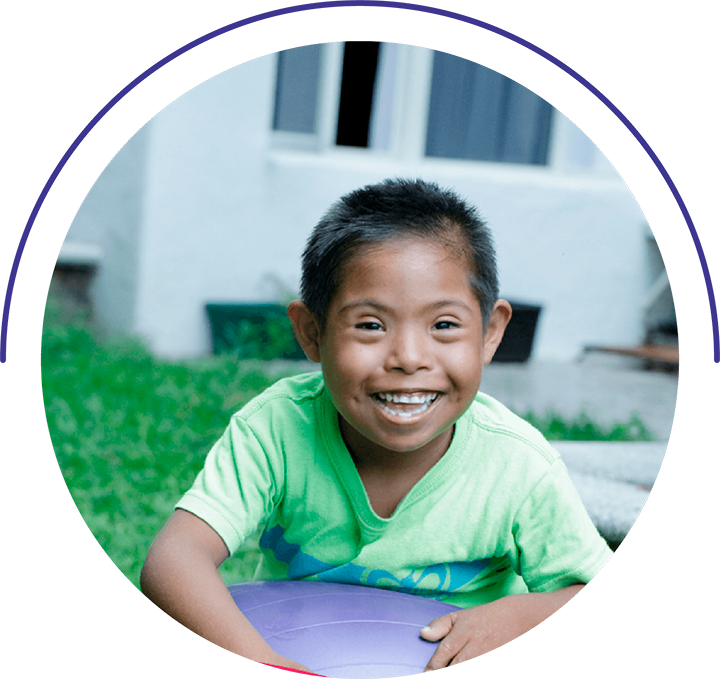
Cognitive development
In this area we attend students with language problems, hyperactivity, autism, down syndrome, wolf syndrome, among others. We work in groups, with a maximum of 6 students. The activities that are carried out range from the recognition of colors, numbers, infralogical notions, writing their names and those of their close relatives, to the achievement of reading and writing and mathematical development. To achieve learning, each teacher uses her knowledge and creativity to reach the objectives.
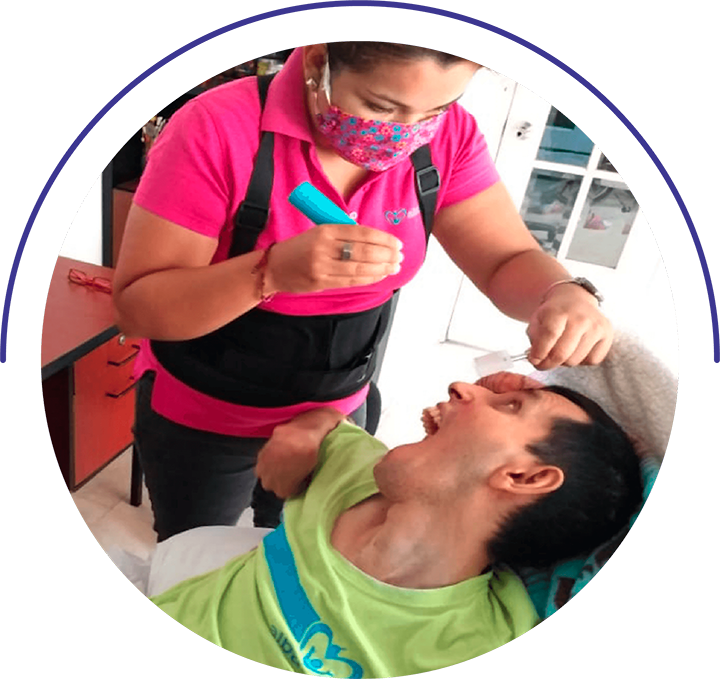
Visual Therapy
One student per session with an approximate duration of 40 minutes. The objective of vision therapy is that the student learns to use his vision in a functional way, correctly developing his visual skills, both monocular and binocular, and learning to be aware of the position of his eyes. This is achieved through a series of exercises that aim to correct eye dysfunctions such as strabismus, inaccurate eye movements, excessive convergence and divergence, among others. These exercises are ocular motility (fixations, tracking, saccades), accommodation and focusing, eye-hand coordination, motor integration, visual acuity, anti-suppression, convergence and divergence.
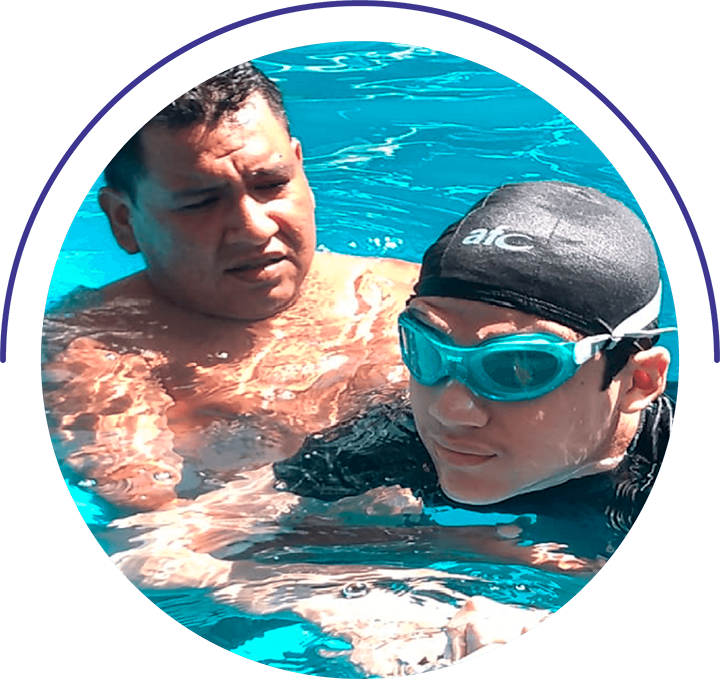
Therapeutic swimming
Students in the motor area work with hydrotherapy based on movements that stimulate the limbs, either to strengthen or relax the muscles and achieve a correct posture.
Students who are already walking receive swimming lessons to improve their psychomotor skills and are taught different swimming techniques.
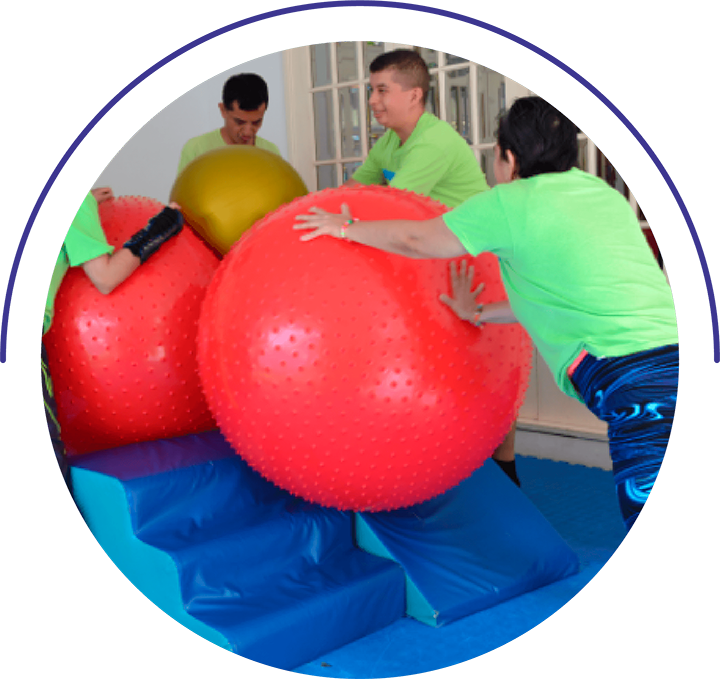
Psychomotor
The objective of the psychomotor skills class is to improve the physical conditional and coordination skills of the students, in order to have a better physical and mental performance in the school, social and family environment.
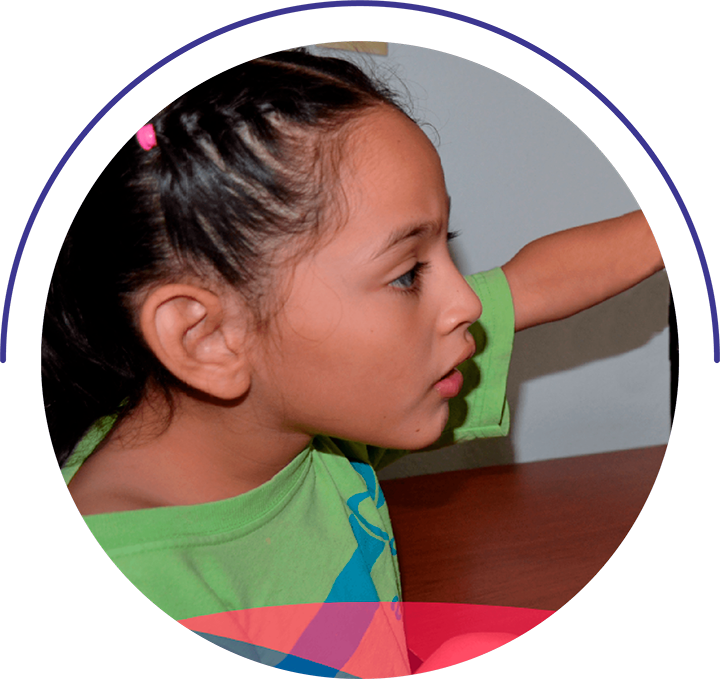
Lenguaje
Elaborar y aplicar planes y programas para desarrollar habilidades de comunicación en los alumnos que lo requieran, mediante el uso del programa Tobii Communicator.
Monthly programs are prepared in each of these areas, at the end of which students’ progress is evaluated and the following month’s program is reprogrammed.
